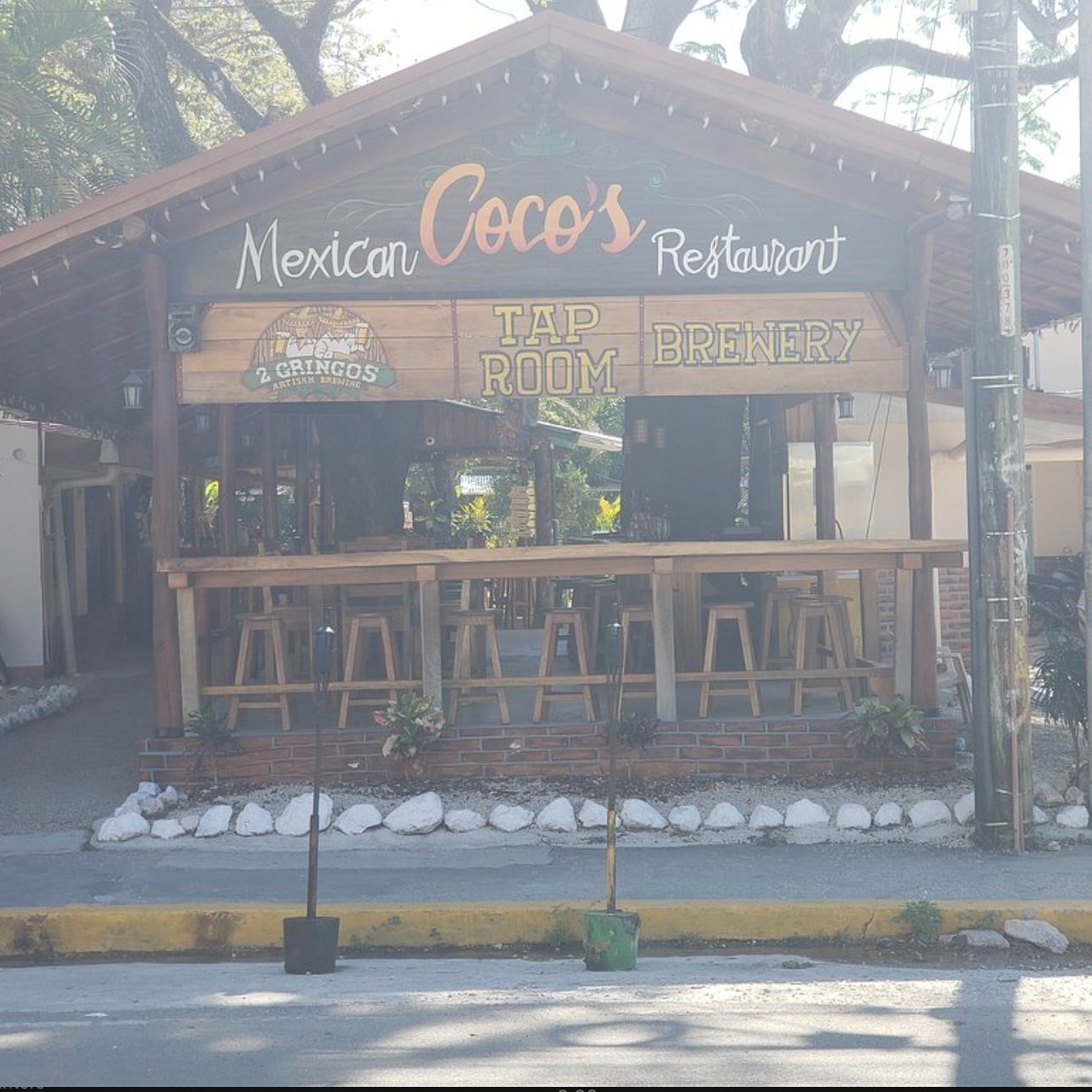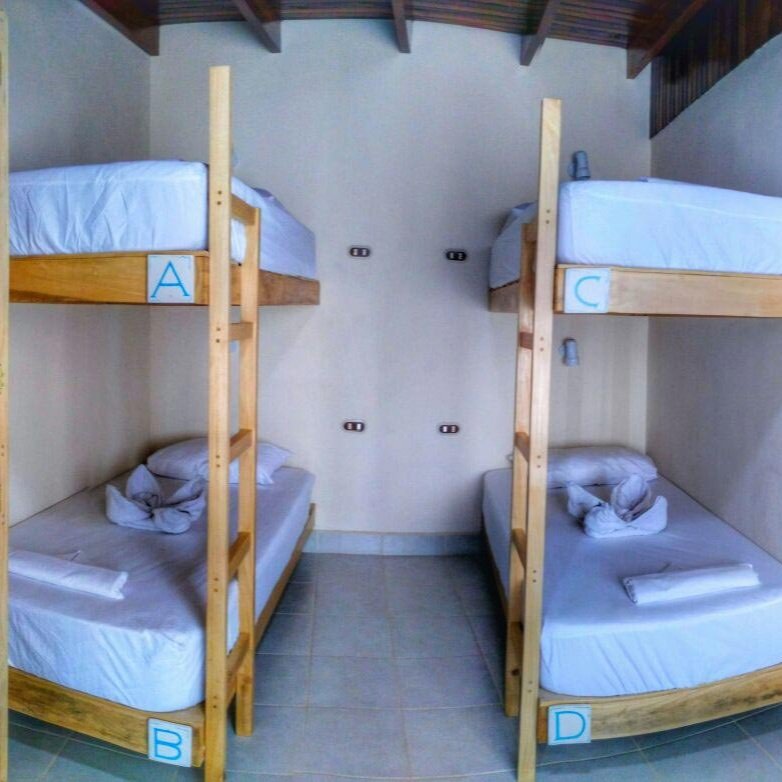A Guide to Sámara, The Laidback Costa Rican Beach Town Living on Pura Vida
The bites, sips, and stays that composed my time in the Costa Rican beach town of Sámara.
This entry may contain affiliate links. This means if you click a link in this post and make a purchase, I may earn a small commission at no additional cost to you.
My visit to Sámara was like a lesson in “pura vida.” Everything about this town and my experience there was simply sweet - emphasis on “simply.” From the breezy cafes and restaurants to the lazy days on the sand and the basic, but perfectly comfortable, dorm room I rested my head in each night, Sámara pushed me into a satisfyingly slow pace and set the tone for my Costa Rican adventure as a whole. This beach town in the shadows of neighboring Nosara - its antithesis - showed me that simple pleasures are the best kind of pleasure, especially when paired with paradise. What follows are the restaurants, cafes, yoga studios, and hostels that comprised my slow, simple, and sweet few days in Sámara, Costa Rica.
First Things First: How to Arrive to Sámara
If you, like me, arrived to Sámara from Central Costa Rica locales, places like La Fortuna, Monteverde, and San Jose, read my how-to on navigating the public transport and/or booking a shared shuttle. The step-by-step is included at the end of my Sámara travelogue. There’s also information in there on how to get to Santa Teresa from Sámara (not an easy task) and how to get to/from Montezuma from Santa Teresa (much easier). Personally, I went with the shared shuttle service and would highly recommend if your budget allows.
Restaurants & Cafes
Mr. Pelícano
Casual seafood restaurant with serious beach town vibes tucked within a food market
Marea Surf Shop + Cafe
Smoothies, coffee, breakfast bites, and lunch fare alongside inspirational (for this wannabe surfer at least) surf gear
Coco’s Mexican Restaurant / 2 Gringos Artisan Brewing
A top-rated Costa Rican brewery and Mexican restaurant join forces at this unassuming spot
Things to Do
Attend a Yoga or Barre Class at Tico Adventure Lodge
90-minute yoga and barre classes in the peaceful treehouse-like setting of Tico Adventure Lodge. Classes are taught daily by Kelly of Chillasana Yoga + Surf. If you know you’re staying for a while, they do offer 5- and 10-class passes to save you a few Colones, or you can drop-in for $15 USD (8,000 Colones). For the latest class schedule, visit their Facebook page.
Hostels
Hostel Samara
A no-frills hostel kept immaculately clean with access to a full kitchen and located within minutes of the Samara sands.
Found this helpful?
I spend a lot of time in coffee shops putting together content like this. If you’d like to support my work, consider buying me a coffee to show some love ❤️
Travel Resources
Accommodations: When I’m not booking directly with the accommodation (which is sometimes cheaper), I often use Booking.com, Trivago, and Hostelworld.com. Agoda is also a great tool when searching for longer stay options at discounted rates that include hotels and private homes.
Tours: While I personally prefer do-it-yourself travel most of the time, sometimes it’s just better with a guide. In those cases, I typically use Viator, GetYourGuide, EatWith, and Airbnb Experiences. For self-guided audio tours, I recommend WeGoTrip.
Flights: My favorite flight aggregator tool is WayAway and my favorite tool for finding out about the best flight deals is FareDrop.
Shuttle Services: My go-to is Bookaway. They operate in more than 90 countries and work with only the top, traveler-reviewed suppliers in each country.
Rental Cars: While I more often take public transport when I travel, there have been destinations that are better explored by renting a car (like Costa Rica and Europe/UK for example). In these instances, I recommend starting your car rental search on Discover Cars. They compare car rental deals across more than 500 suppliers, including Hertz, Enterprise, Avis, and more.
Travel Insurance: If you’re a full-time nomad like me, I recommend SafetyWing. Look into their Nomad Travel Medical Insurance and Nomad Health Insurance (a full-fledged health insurance that covers your emergency and non-emergency medical needs worldwide, including in your country of residence). If you’re not a full-time traveler, I’d recommend Squaremouth. It aggregates your insurance options across more than 22 providers and offers what I’ve found to be the best rates.
Travel ATM & Credit Cards: If you travel often and like perks like airport lounge access and annual travel credit, I recommend the Capital One Venture X credit card that includes Priority Pass, a $300 annual travel credit, and covers your Global Entry or TSA Precheck fee. For a fee-free ATM card that reimburses you at the end of every month for any incurred ATM fees, I recommend opening a Schwab Bank Investor Checking Account.
VPN: I recommend Surfshark. It’s one of the best and most budget-friendly VPN services out there.










At age 32, my surf journey began in Costa Rica. In this post, I share not only where I’ve surfed in Costa Rica, but how it went and what you need to know about surfing in the land of pura vida.